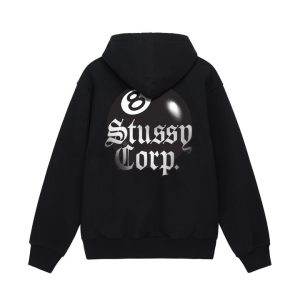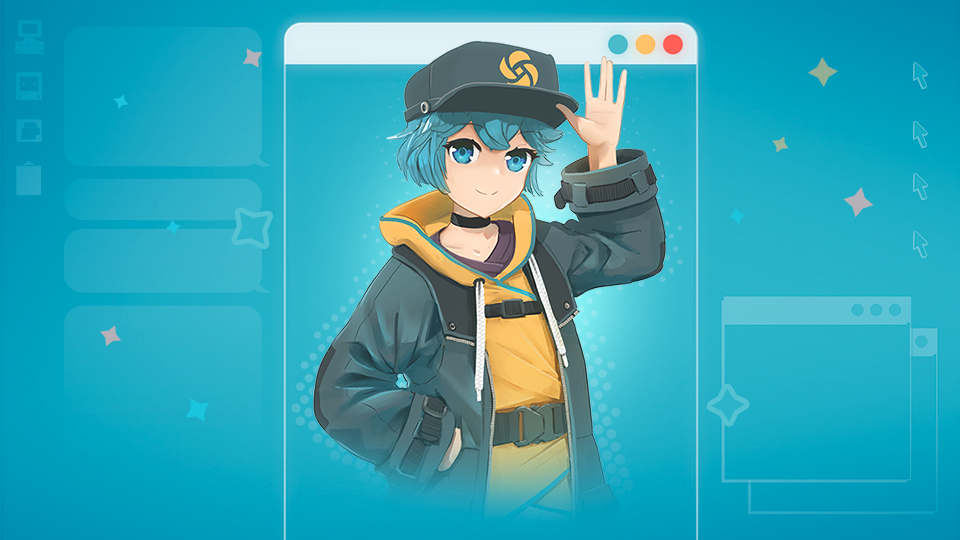Whether you’re cheering on the sidelines or performing on the mat, your shoes matter more than you think. There is a lot more to learn. The right cheer shoe can boost your performance, protect your joints, and make your routine feel smoother. Is it the correct one? It can slow you down, cause pain, or even lead to injury.
But with so many cheer shoes out there—and labels like “competitive” and “sideline” thrown around — how do you actually choose the right pair? Now we explore it.
What’s the Real Difference Between Sideline and Competitive Cheer?
Cheerleading isn’t one-size-fits-all — and neither are the shoes. While both types are designed with cheer athletes in mind, they serve very different purposes.
Here’s the short version:
- Sideline cheer shoes are built for durability and comfort. Think long hours on your feet, standing on turf, hardwood, or concrete.
- Competitive cheer shoes are engineered for performance. They’re ultra-light, flexible, and designed for advanced stunting and tumbling — on a spring floor or mat only.
Sideline Cheer Shoes: Built for Game Days
Sideline cheerleaders often spend hours on hard, unforgiving surfaces. You’re walking on concrete, standing on turf, or moving quickly on basketball courts. Your routines are more motion-based with chants, jumps, some basic tumbling, and light stunts.
So your shoes need to:
- Handle outdoor wear
- Offer support and durability
- Be comfortable enough for hours of standing and moving
Key Features of Sideline Shoes:
- Thicker rubber soles for traction and longevity
- More structured uppers for ankle and arch support
- Cushioned insoles for shock absorption
- Durable materials that hold up against pavement, dirt, or sweat
- Often slightly heavier than comp shoes — but that’s the tradeoff for support
Recommended Sideline Shoes:
- Nfinity Fearless – Lightweight but sturdy enough for everyday sideline use
- Nfinity Rival 2 – A more rugged crossover shoe that holds up well on varied surfaces
- Nfinity Evolution – Flexible and comfy enough to be used for both sideline and comp (if needed)
Competitive Cheer Shoes: Designed to Perform
When you step onto a spring floor or mat, everything changes. The stunts are higher, the tumbling is faster, and precision is everything. Competitive cheer shoes are built for that level of athleticism.
They’re ultra-lightweight, super flexible, and help you move as naturally and efficiently as possible.
Key Features of Competitive Shoes:
- Featherlight materials – some weigh as little as 3.9 oz!
- Flat, thin soles – designed for grip and connection with the mat
- Smooth sidewalls – so bases can grip flyers without slipping
- Breathable mesh uppers – keeps feet cool and reduces weight
- Snug, glove-like fit – allows for control, precision, and fast transitions
Recommended Competitive Shoes:
- Nfinity Vengeance – One of the lightest cheer shoes on the market. Ideal for flyers.
- Nfinity Flyte – Breathable, stunt-optimized, and super responsive.
- Nfinity Alpha – A newer performance model with more structure for bases or power tumblers.
- Nfinity Beast Mid-Top – Offers more ankle support for bases or athletes prone to rolling.
Things to Remember:
- These shoes are meant for indoor-only use. If you wear them outside, they’ll wear down fast — and lose their grip.
- They won’t give you the all-day comfort of sideline shoes, but that’s not their job.
- They’re for competitive cheerleading only — where every ounce and every detail matters.
What Happens If You Use the Wrong Shoe?
Let’s be real — you can use the wrong shoe. People do it all the time. But here’s why it’s not a good idea:
Using Comp Shoes on the Sidelines:
- They’ll wear out faster (especially the thin soles)
- You’ll lose traction on concrete or outdoor surfaces
- They don’t provide enough support for long hours on your feet
Using Sideline Shoes in Competition:
- Too bulky and heavy for precise tumbling or stunting
- Bases may have trouble gripping a flyer’s foot
- Flexibility is limited, which can affect form and movement
Final Thoughts
At the end of the day, your cheer shoes are not just accessories — they’re essential to how you train, perform, and feel on the mat or field. Choosing the right pair isn’t just about style or brand. It’s about getting the right tool for the job.





